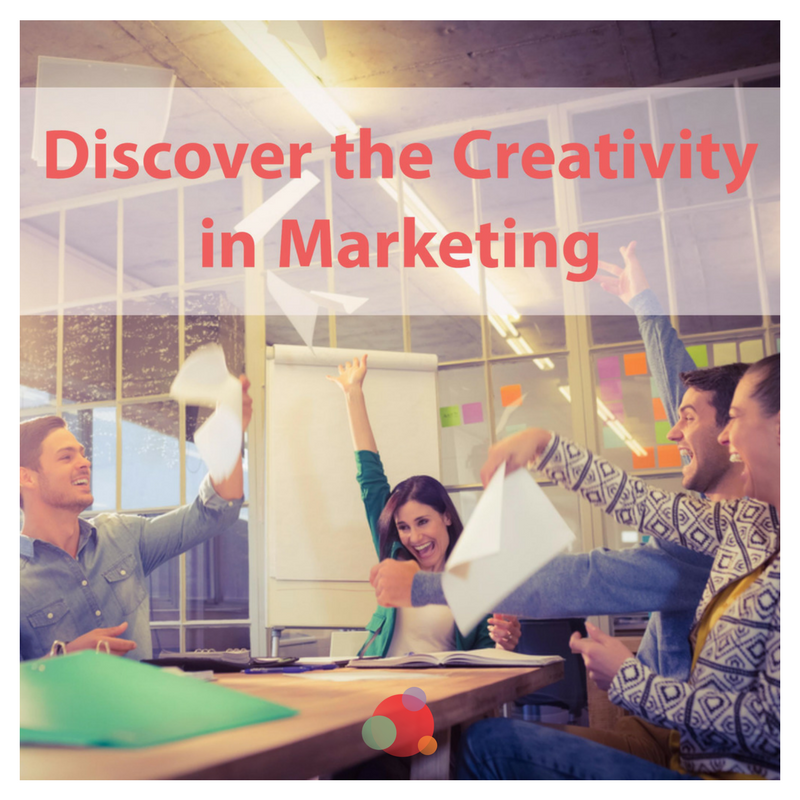 There’s a good reason cover bands are relegated to dingy dive bars and not sold-out arenas: Consumers crave creativity, not mimicry.
There’s a good reason cover bands are relegated to dingy dive bars and not sold-out arenas: Consumers crave creativity, not mimicry.
The same applies to creativity in marketing.
Keep that detail in mind every time you hear a client say, “Our competitor just unveiled an awesome campaign, and we want to do one exactly like it.”
That’s what is called “me too” marketing, and it’s your duty to steer clients away from it.
“Me too” campaigns don’t stand out, don’t drive action, and ultimately won’t earn repeat business.
Modern consumers see hundreds of ads each day, and brands that blindly follow the pack only add to the clutter.
Every campaign you create should seek to induce an “aha!” moment when consumers realize why your client’s brand is the best brand out there.
Creating these breakthrough moments has always been a creativity in marketing goal for us, but only recently did we realize how crucial it is to have a similar breakthrough with our clients during the discovery phase.
In other words, to make our clients look like rock stars, we need to first understand why they are rock stars.
Discover the Creativity in Marketing
Although 90 percent of agencies claim to understand their clients, only 65 percent of clients feel the same.
That disconnect exists because agencies aren’t digging deeply enough during the discovery phase.
Before embarking on a campaign, you need to understand what makes your client one-of-a-kind.
It’s not enough to understand why the brand’s product is unique; you also need to dive into the deep, murky waters of its customer acquisition challenges.
Only with this information can you hope to embrace creativity in marketing and craft a truly memorable campaign.
As my agency revamped its discovery process, we learned four key lessons that could help you revamp yours:
Push for the Conversation
The first thing we noticed was how difficult it was to get clients to slow down and actually have this deep conversation with us.
Most of them wanted to sprint full speed into the execution phase and worry about results later.
Don’t surrender!
We recently worked with a client who had little interest in having this conversation.
He told us he already had a plan for the campaign, but we stood firm.
Eventually, we arrived at an “aha” moment that led to a unique and successful experiential program which hardly looked like the one he had in mind.
Gain Multiple Viewpoints
At any organization, different stakeholders see different needs.
The CEO, CMO, and sales leaders are all looking at campaigns from different angles, and just pleasing one of them won’t cut it.
Group brainstorming sessions are great, but you should also speak with each person individually.
Recently, we worked with a manufacturing company that was skeptical of experiential marketing.
Our conversations were like pulling teeth; no one on the team was terribly enthusiastic or helpful when discussing strategy.
When we spoke to each stakeholder separately, however, something magical happened.
Each individual warmed up to the idea, and the program gained momentum within the company.
Dig for Data
Data-driven marketing is six times more likely to produce profit and five times more likely to boost customer retention.
That’s why, before a campaign, you should gather as much data about the brand’s personality, strengths, weaknesses, positioning, and attributes as possible.
Be warned: The client may not have this information, so you might have to gather it yourself.
In particular, ask about customer buying patterns.
How long is the sales cycle?
What hurdles does the brand face?
Alongside competitor data, this information forms a great foundation for the upcoming campaign.
Ask, “Why?”
Last but not least, ask one question over and over again, “Why is that important to you?”
You might hear some trivial over-explaining and rambling as clients justify their stance, but along the way, you’ll scoop up key nuggets about their identities and goals that should fuel your strategy.
“Me too” marketing will only put your clients on someone else’s stage.
As an agency partner, your goal should be to flex your creative marketing muscle and build a unique stage for them to stand upon.
Until you listen to the music, you’ll never quite know what makes your clients rock.
So sit them down, ask tons of questions, and discover why they’re different enough to claim their own stage.